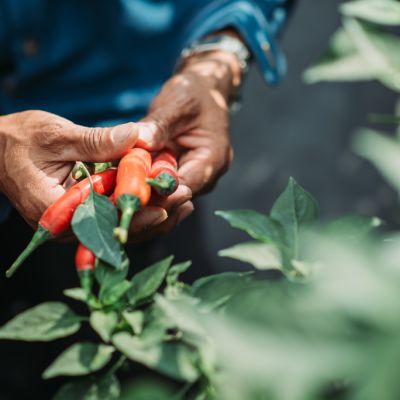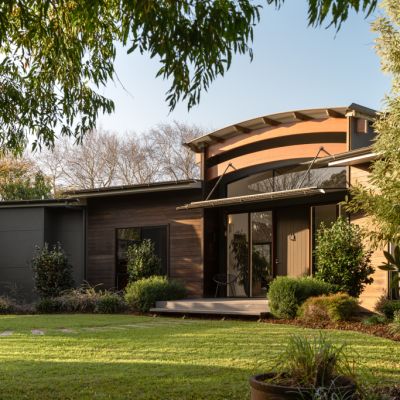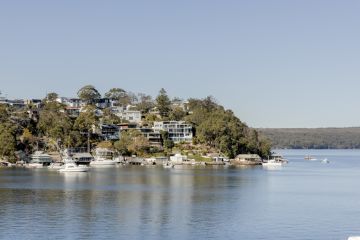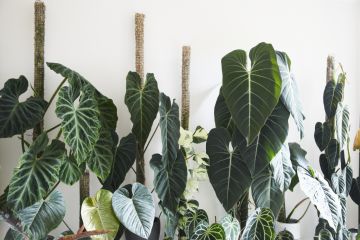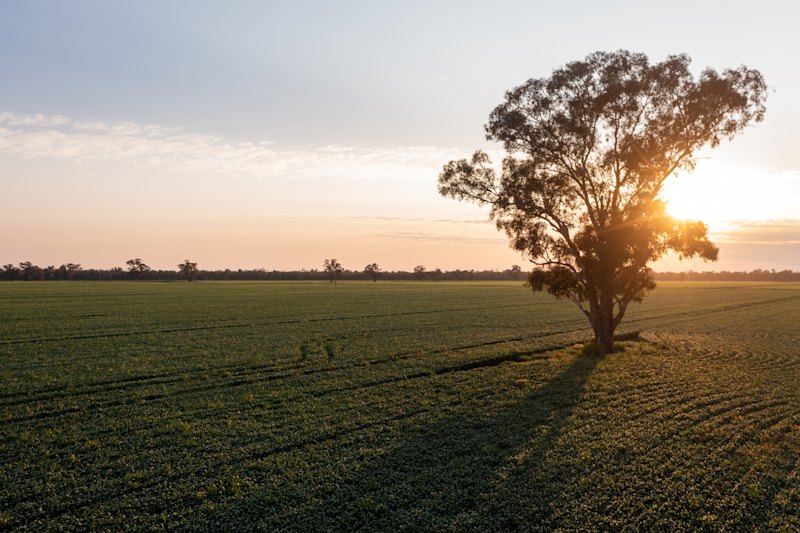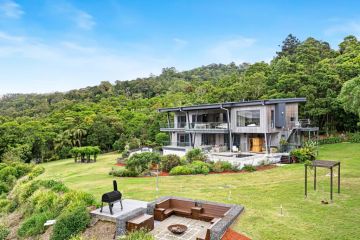Five popular plants you should avoid in your garden
Plants are a perfect way to make a house feel like home, whether it’s bringing a blank space to life or softening the edges of a newly built property.
But not all plants are suited for Australian backyards, and many invasive garden plantscan create mess, cause property damage or adversely affect neighbouring homes.
If you’re looking to add some greenery to your yard, these are the destructive plants you should avoid to prevent future problems.
1. Ficus
Ficus species such as rubber plants and figs have luscious dark green leaves and are surprisingly popular, considering their natural habitat is a rainforest.
The popular indoor plants make lovely gifts, as long as they stay in their pots.
If planted in the garden, the invisible destruction caused by the expanding root system can disrupt a house’s foundation and cost a fortune in repairs.
“I wouldn’t plant a rubber plant in my back garden, but I do actually have one in a pot,” says landscape designer Alison Watson of Outdoor Designs in Melbourne.
“If there’s a leak in your water pipe, the roots are going to find it. They’re going to go into that water pipe and totally block it. Planted too close to a driveway, it cracks.”
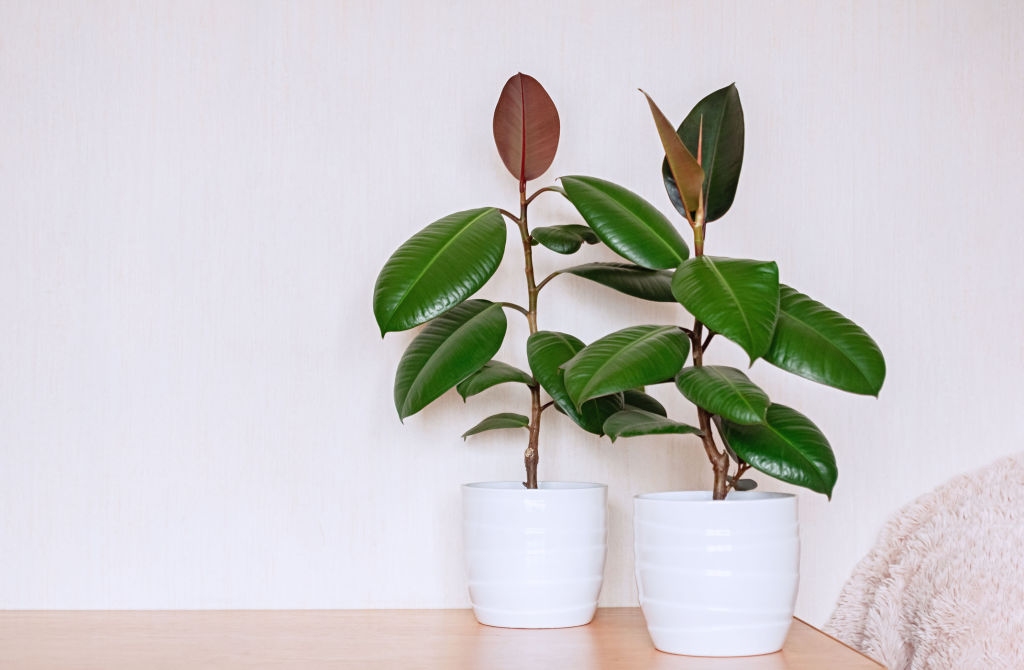
2. Cocos palms
You may like the thought of a tropical oasis in your garden but think carefully about the type of palm tree you purchase.
“No one should plant a cocos palm,” says arborist Ben Zacka, of Bob and Ben the Tree Men in Sydney.
“The fruit attracts fruit bats. Palms by their nature get taller year by year. Often people end up with these telegraph poles in their backyard with some green fluff on top.”
After eating the fruit, their droppings can be very sticky and difficult to clean off cars and outdoor areas.
“They’ve got no redeeming features, basically.”
Some local councils, such as Sutherland Shire in Sydney, subsidise cocos palm removal due to the damage done by bats.
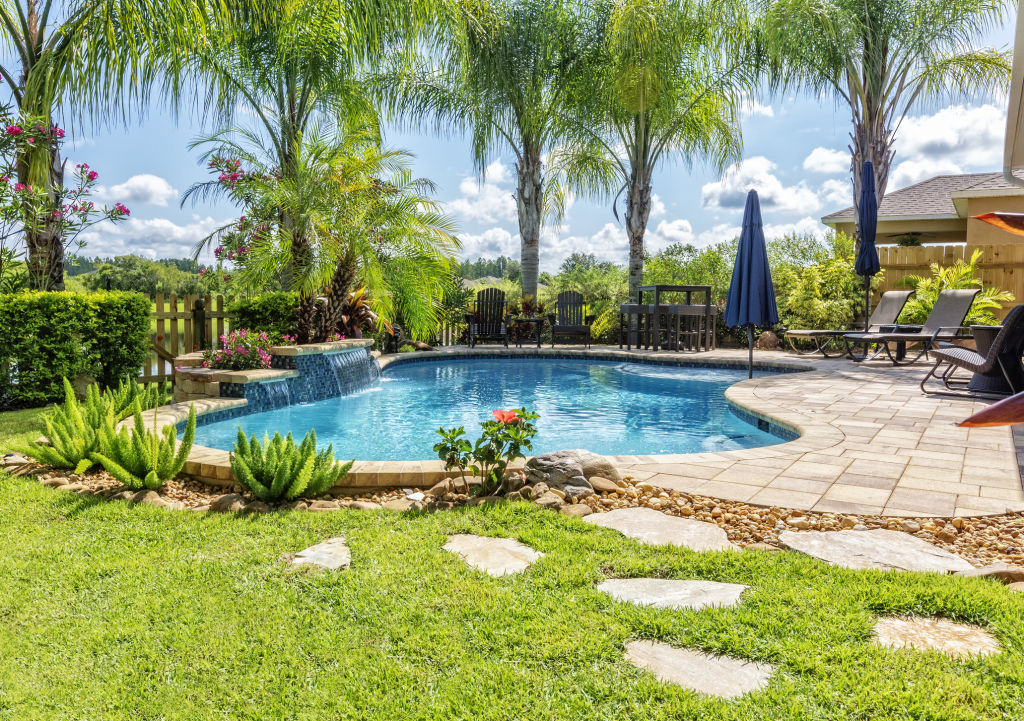
3. Mulberry
Mulberries are delicious eaten straight off the tree. The leaves are also a constant source of food for silkworms. But some people aren’t fans.
“The fruit attracts bats, which can be a bigger problem than the tree. They drop mulberries, so they stain everything. We get complaints about them,” says strata manager Magdalena Tsonev of Strata Bee in Sydney.
The fruit stains driveways, paths and even car paint. Bird and bat droppings leave a nasty purple stain on clothes drying on nearby clotheslines.
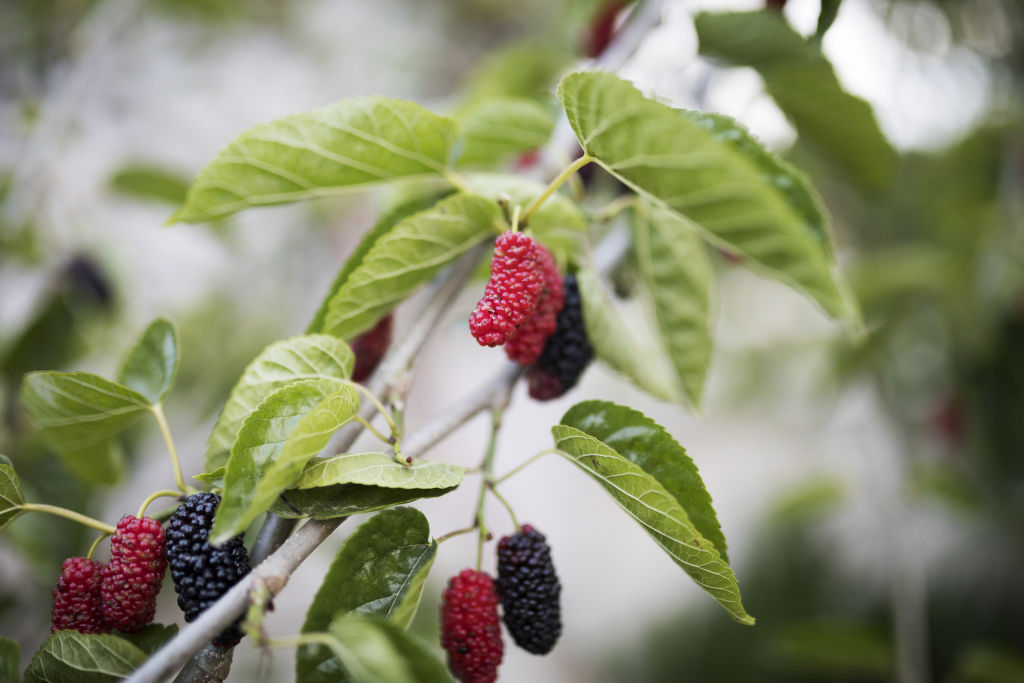
4. Bamboo
Bamboo grows along fence lines of many suburban households for many good reasons. The clumping variety, such as the Himalayan Weeping or Fargesia Fortune, tend to stay where they are planted.
The thick plants grow quickly to a height of four metres, which is perfect for added privacy, a windbreak or even to dampen noise.
But make sure you buy the right species.
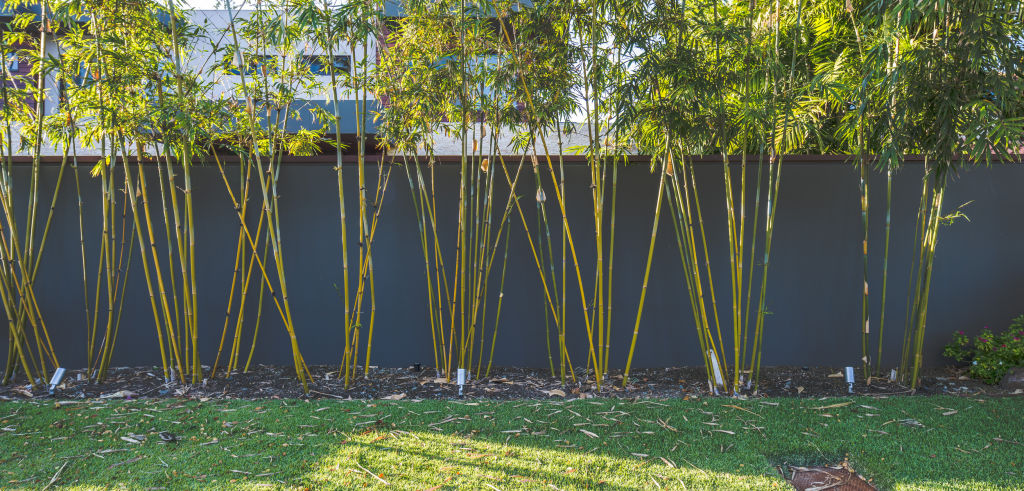
“Depending on which one you plant, the shoots can travel for metres. If you plant it in one location, it can come up in another location, underneath fences. It takes months to kill it all,” says Tsonev.
Highly invasive species of bamboo, such as the Golden Bamboo, send out runners, invading areas where they’re not wanted. This weed can be expensive and difficult to eradicate.
Giant Bamboo should also be avoided. It can grow to 35 metres in height, dwarfing an Aussie backyard.
5. Bougainvillea
Bougainvillea is a vibrant, beautiful bush that’s easy to grow. A vigorous climber, it provides privacy and a stunning screen to any garden. Unfortunately, the large thorns the bush uses for gripping a fence or trellis can also be a painful problem.
Bougainvillea thorns can easily pierce clothing and skin, so the plant needs to be kept away from swimming pools, pets and small children. Thick gloves need to be worn for pruning.
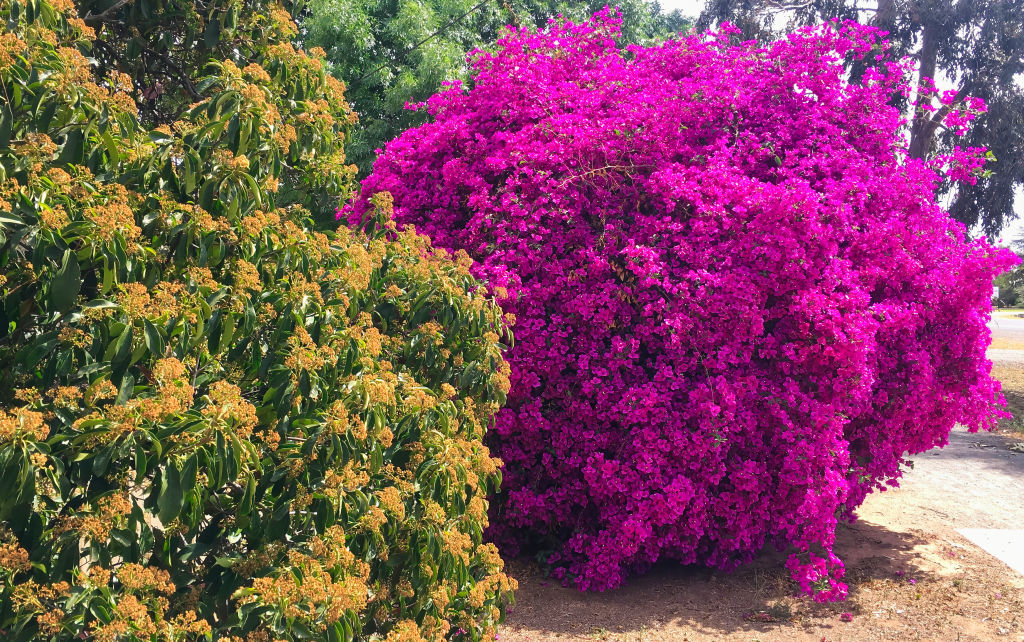
If left to grow wild, bougainvillea can invade neighbouring properties. On windy days the thorny branches can fly around dangerously in the wind if not pinned down.
Not only do these thorns cause cuts and pain, but the sap can cause dermatitis, an allergic reaction to the skin.
Check before buying
This summer, if you happen to grow a green thumb, think about whether it’s an invasive plant and if it’s right for the space in your yard.
Fruiting trees are lovely but consider which insects or animals they may attract, and whether that might cause problems later.
Check the height at maturity of your plant species before buying. Large plants can have root systems that spread rapidly and displace native plants. In other cases, tree limbs can cause problems when grown too close to houses, fences and neighbouring properties.

We recommend
States
Capital Cities
Capital Cities - Rentals
Popular Areas
Allhomes
More
- © 2025, CoStar Group Inc.
